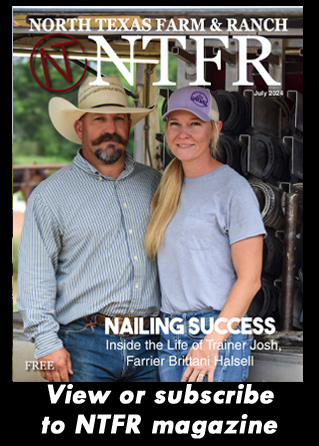Farm & Ranch
Land Market Report: May Land Sales
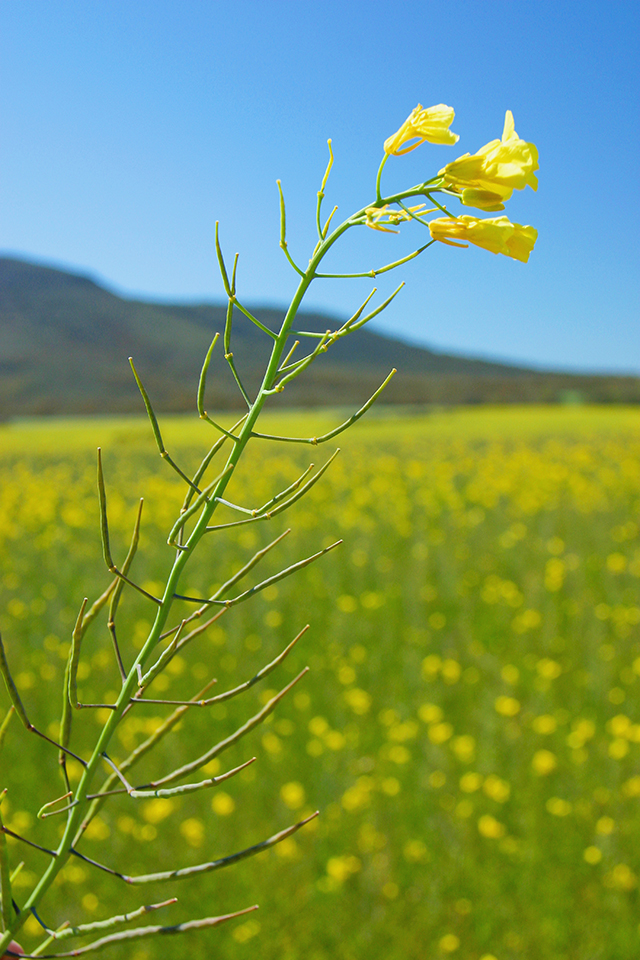
By Jared Groce
We have been praying for rain for a long time, and now we have it. Our hearts go out to all of those who have suffered so badly from the terrible storms in North Texas and Southern Oklahoma so far this year. These tragedies remind us that we can lose it all in just a matter of seconds.
The rural land market has been predictably unpredictable this election year, as it is every four years. The political uncertainty of an election year has a history of making the real estate market “odd” during the election year, and it is typically alleviated the day after the election – regardless of who wins. While there are certainly transactions taking place, it seems to be varied in location, size of tracts, and price per acre with no rhyme or reason.
To read more, pick up a copy of the July issue of NTFR magazine. To subscribe by mail, call 940-872-5922.
Farm & Ranch
Grazing North Texas: Managing Old World Bluestems
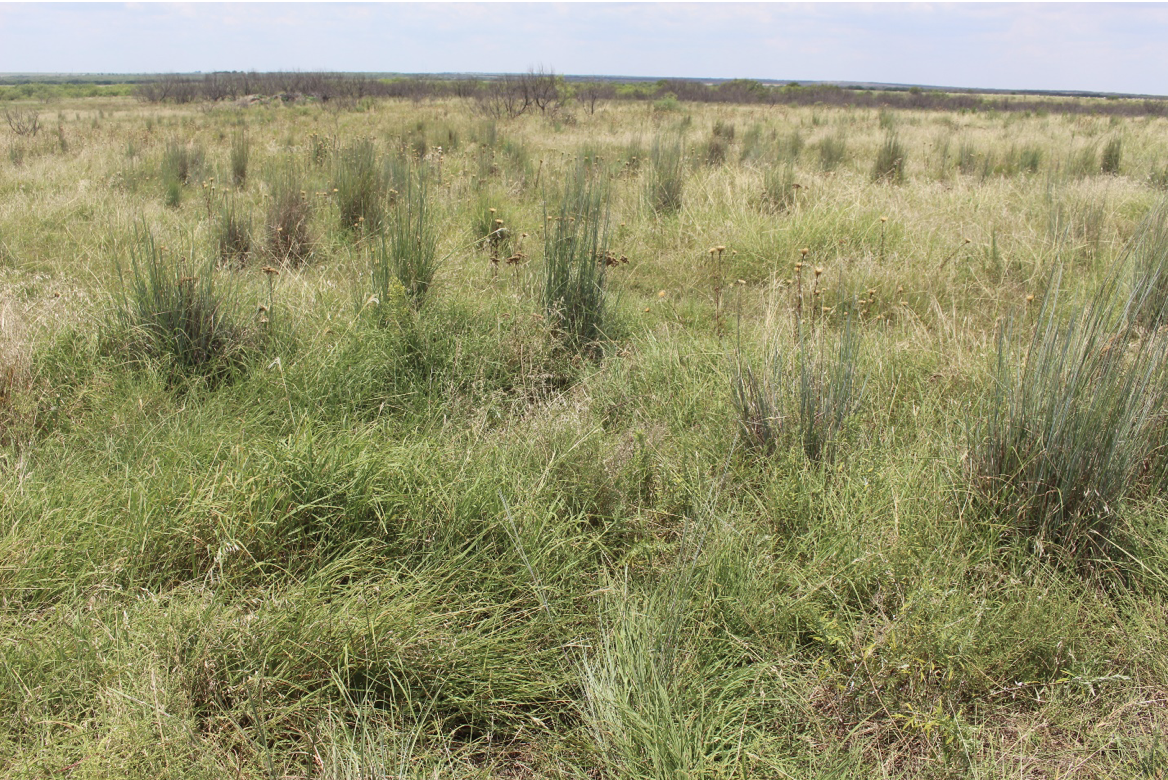
By: Tony Dean
Since their introduction to the U.S. in the early 1900s, Old World Bluestems such as King Ranch bluestem and Dahl bluestem have become established on farms and ranches from the Rio Grande to Nebraska. With such a wide range of adaptability, these species are subjected to a wide range of management, depending on location and the goals of the rancher.
Due to the aggressive nature of OWBs, producers in far South Texas have been trying to find a way to eradicate OWBs in their pastures. Texas AgriLife Extension bulletin “Introduced Bluestem Grasses: Management on Native Lands” describes several methods being used in the effort to rid pastures of OWBs. In 2016, one project involved using chemicals, plowing, mowing, reseeding, summer burning, and combinations of these practices.
To read the about the researchers findings and hear Tony’s take, pick up a copy of the October edition of North Texas Farm & Ranch magazine, available digitally and in print. To subscribe by mail, call 940-872-5922.
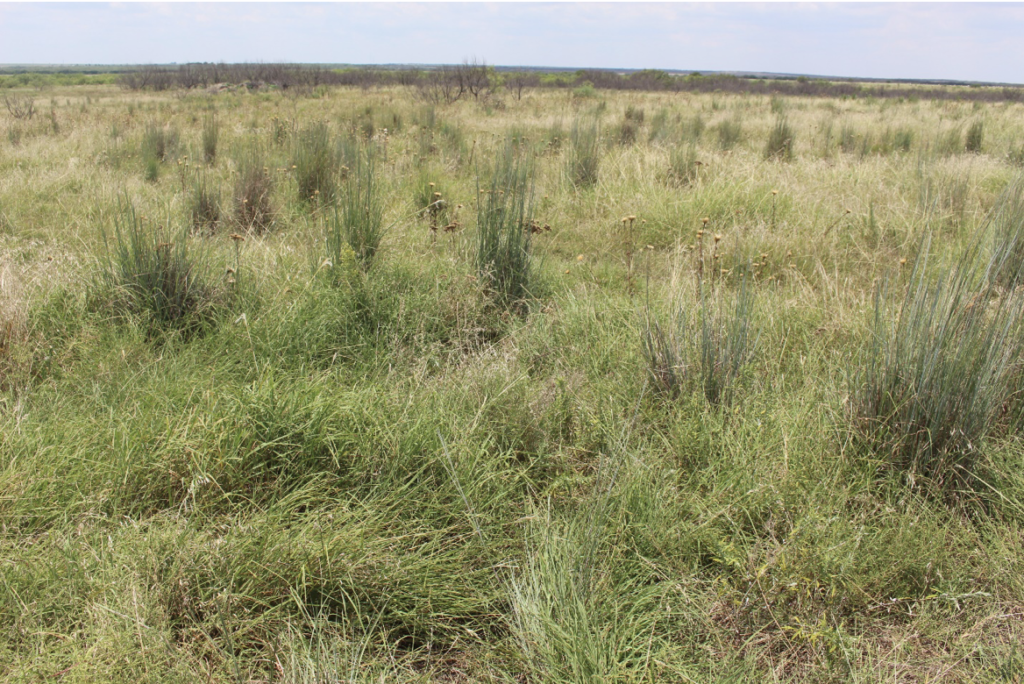
Farm & Ranch
Meanwhile Back At The Ranch
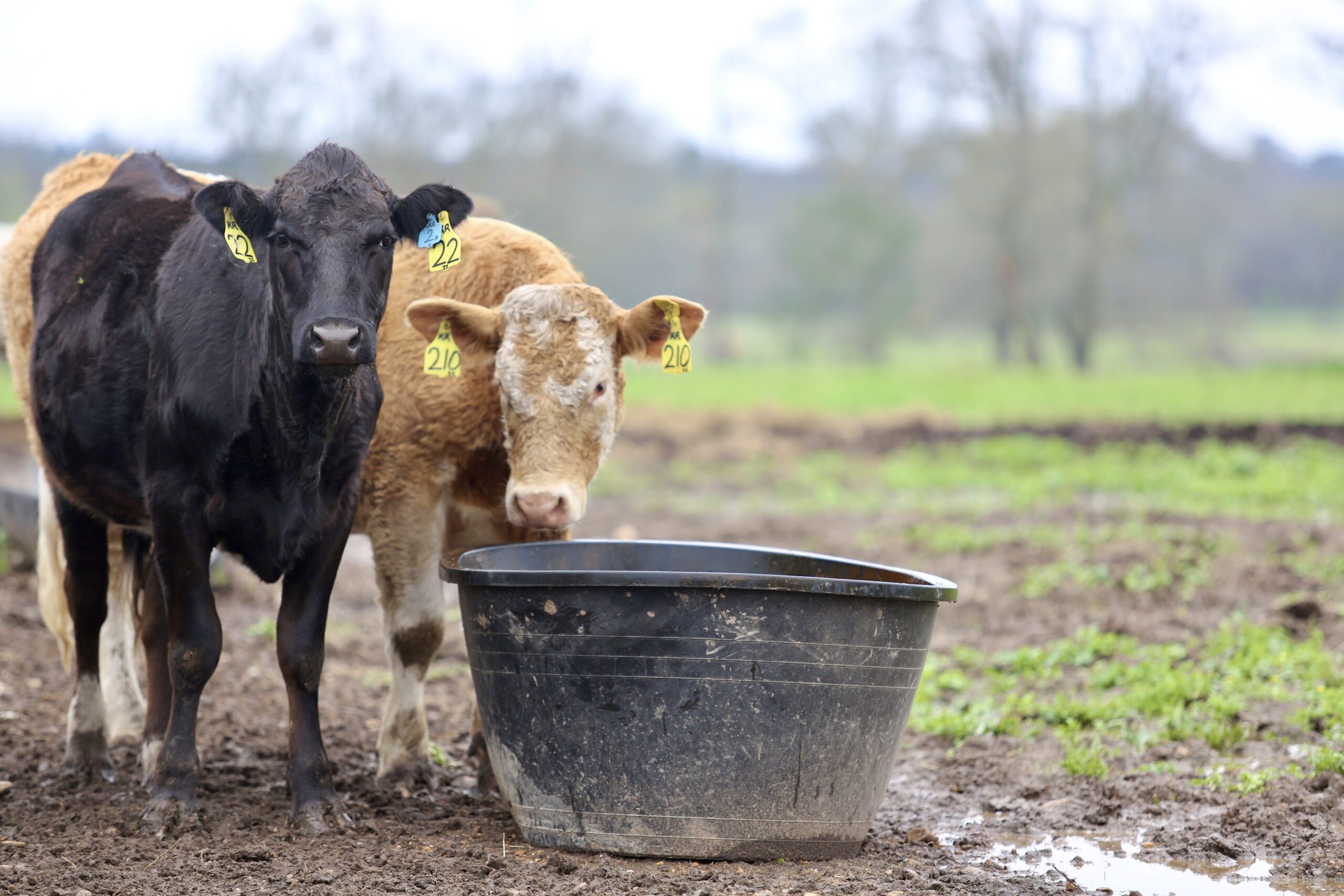
By: Rayford Pullen
Watching our pastures over the years, I have noticed our forages quit growing when nighttime temperatures begin hitting that 45-degree mark, and in North Texas, that will usually be around October 20.
While growth stops, our forages will still be high quality which allows our momma cows to gain weight for another 40 days or so.
Getting these cows in better condition is key to getting them through the winter and breeding after they calve.
Read more in the October issue of North Texas Farm & Ranch magazine, available online and in print. Subscribe to our newsletter to receive NTFR in your inbox each week.
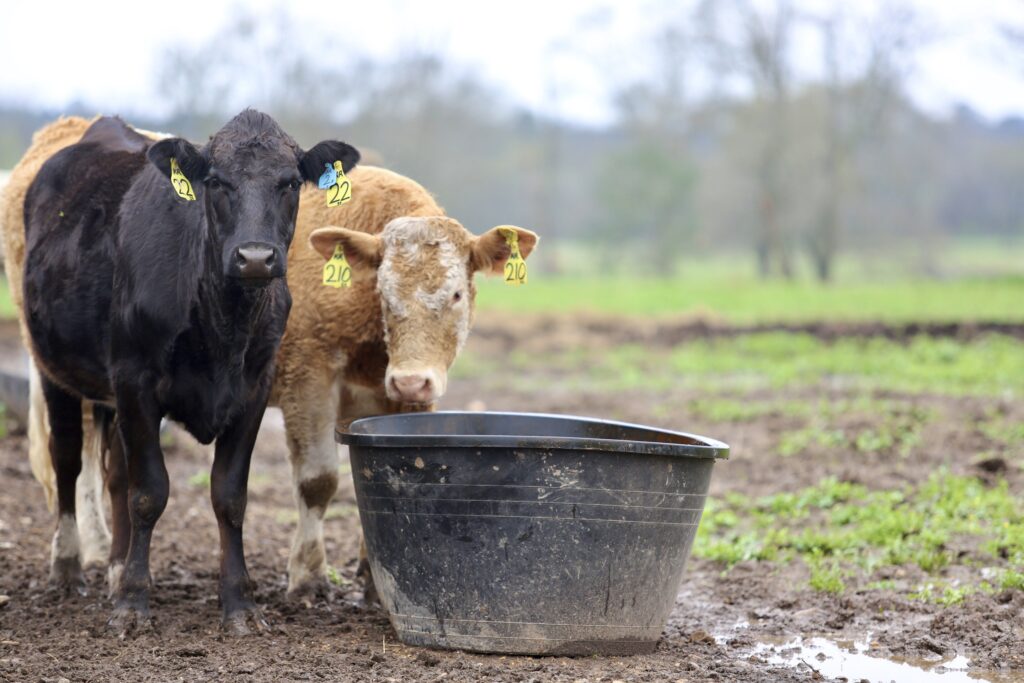
Farm & Ranch
Grazing North Texas: Old World Bluestems

By: Tony Dean
In volume 1 of “Old World Bluestems”, Tony Dean addressed issues surrounding the Old World Bluestem family, including the invasive nature of these grasses. In this issue, he examines OWBs as a forage for livestock.
OWBs were intially brought to the US as foragr for livestock and for erosion control capability. Ironically, some of the characteristics that make these species invasive also cause them to be desirable grass for grazing.
One of the primary survival characteristics of OWBs is their ability to withstand heavy grazing. OWBs are genetically prone to grow upright like our native bluestems; however, with heavy grazing pressure, plants begin to take a sod growth form.
To read more, pick up a copy of the September issue of NTFR magazine. To subscribe by mail, call 940-872-5922.
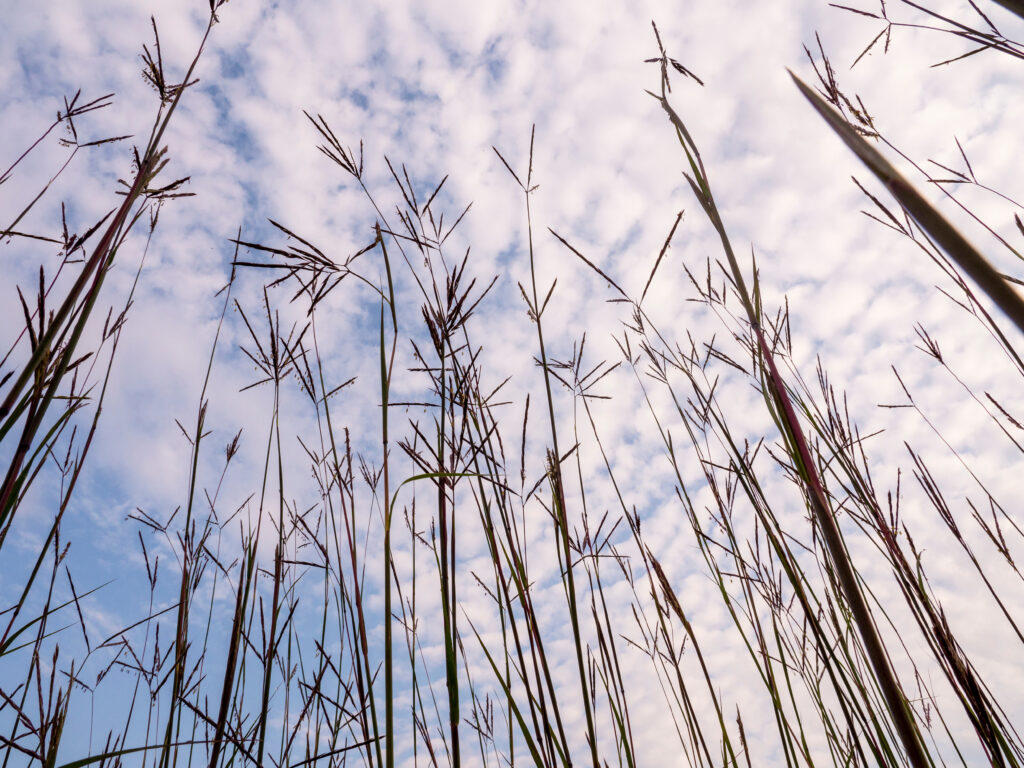
-

 Country Lifestyles2 years ago
Country Lifestyles2 years agoScott & Stacey Schumacher: A Growth Mindset
-

 Country Lifestyles8 years ago
Country Lifestyles8 years agoStyle Your Profile – What your style cowboy hat says about you and new trends in 2017
-

 HOME8 years ago
HOME8 years agoGrazing North Texas – Wilman Lovegrass
-

 Equine1 year ago
Equine1 year agoThe Will to Win
-

 Country Lifestyles5 years ago
Country Lifestyles5 years agoAmber Crawford, Breakaway Roper
-

 Outdoor9 years ago
Outdoor9 years agoButtercup or Primrose?
-

 Country Lifestyles8 years ago
Country Lifestyles8 years agoDecember 2016 Profile, Rusty Riddle – The Riddle Way
-

 Country Lifestyles8 years ago
Country Lifestyles8 years agoJune 2016 Profile – The man behind the mic: Bob Tallman

